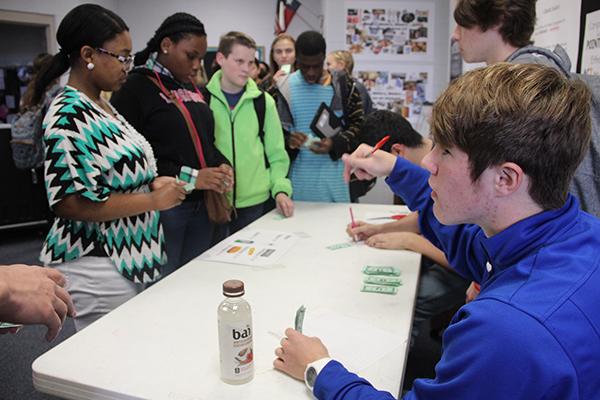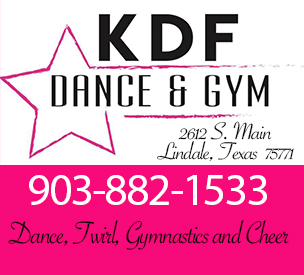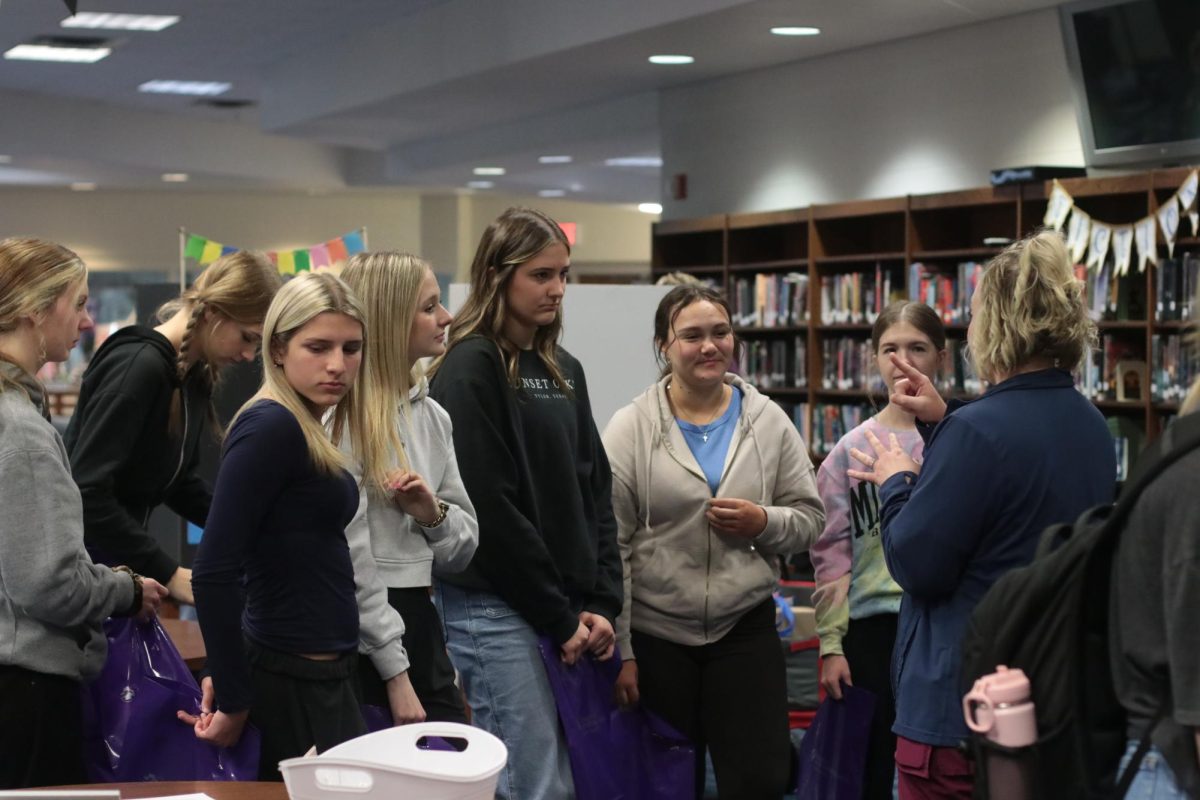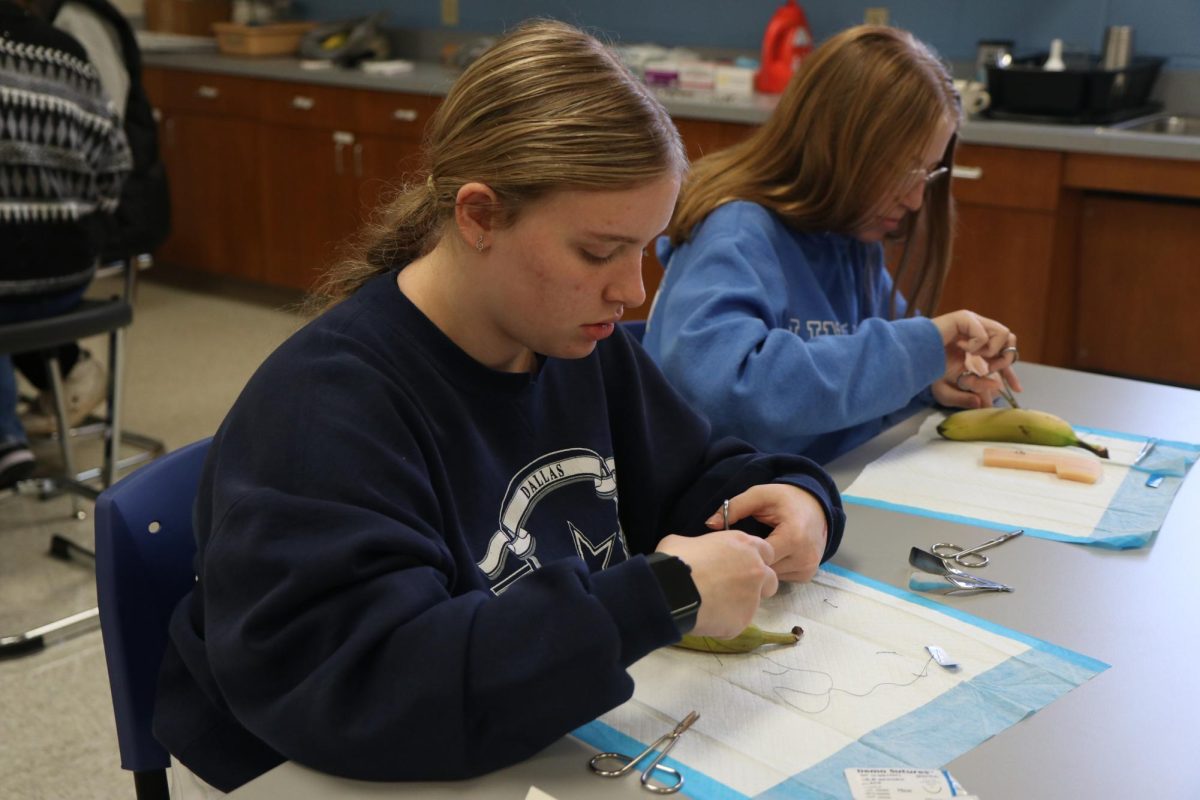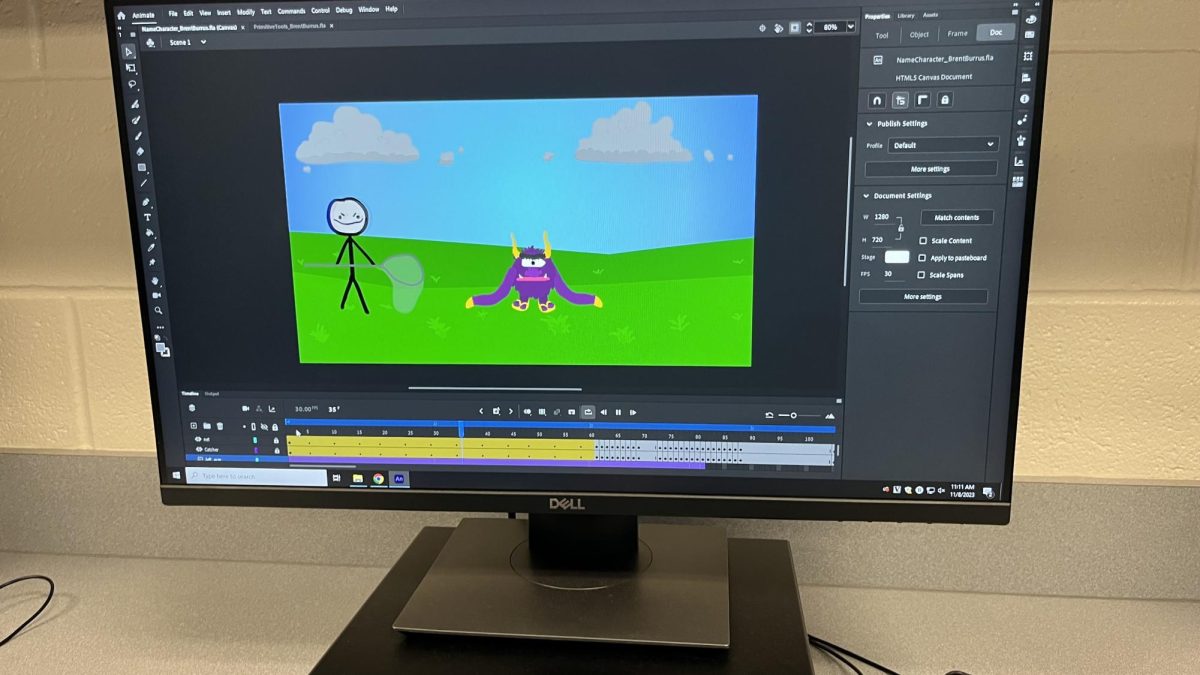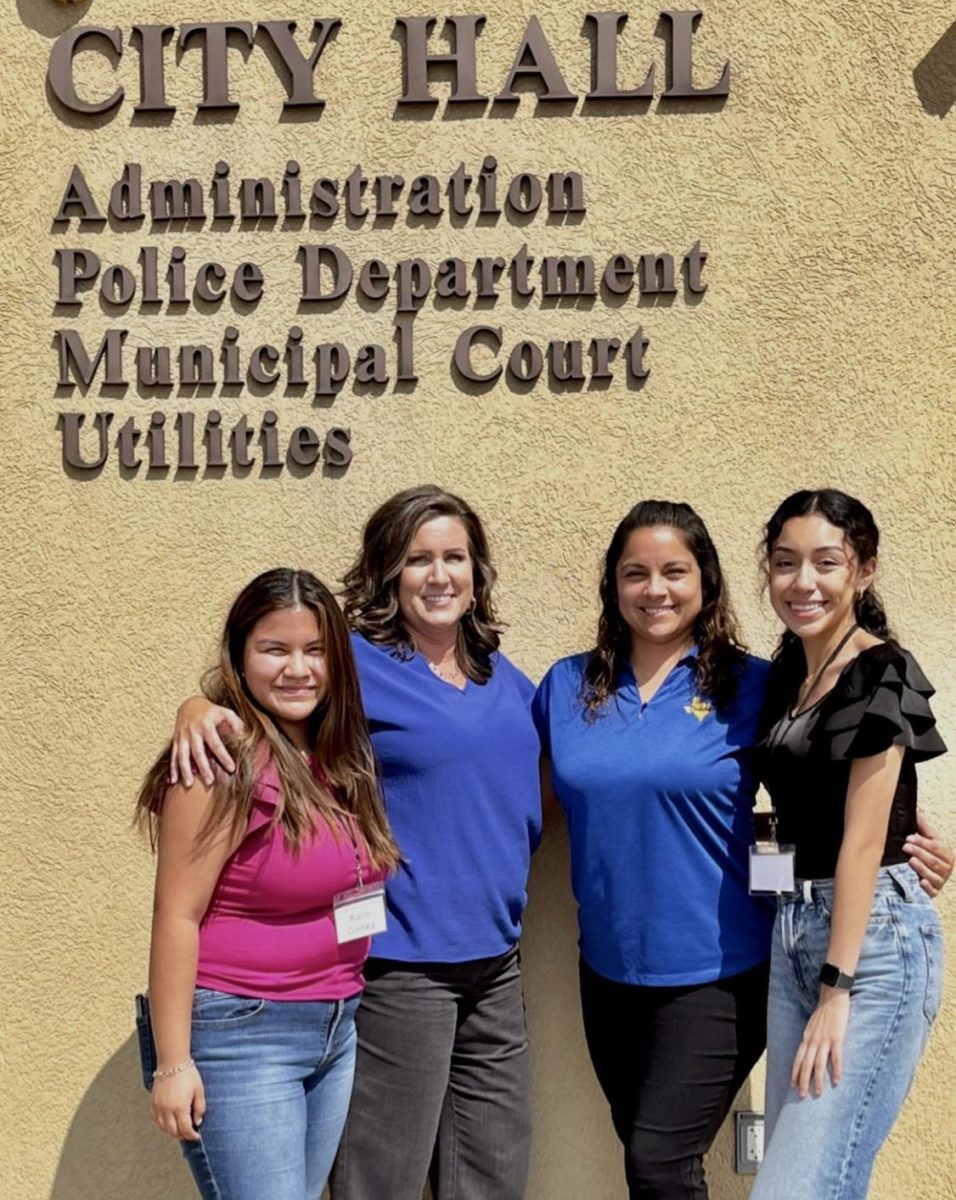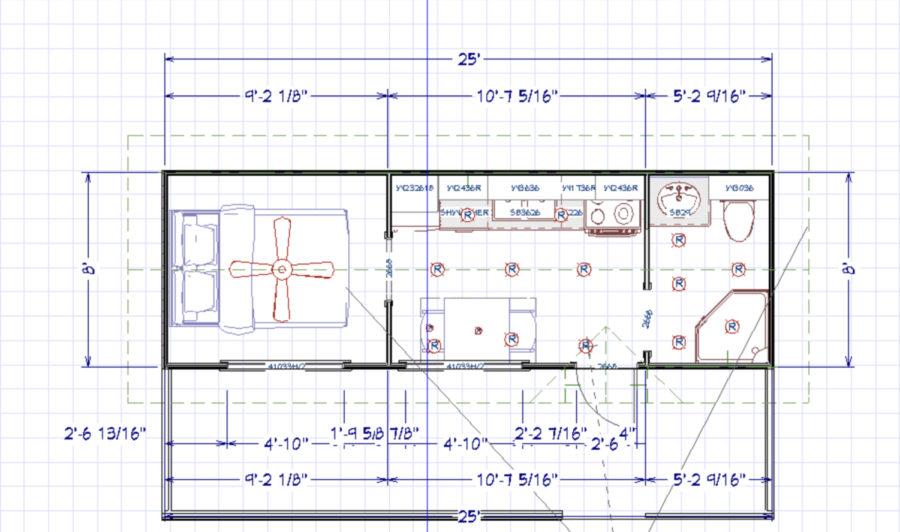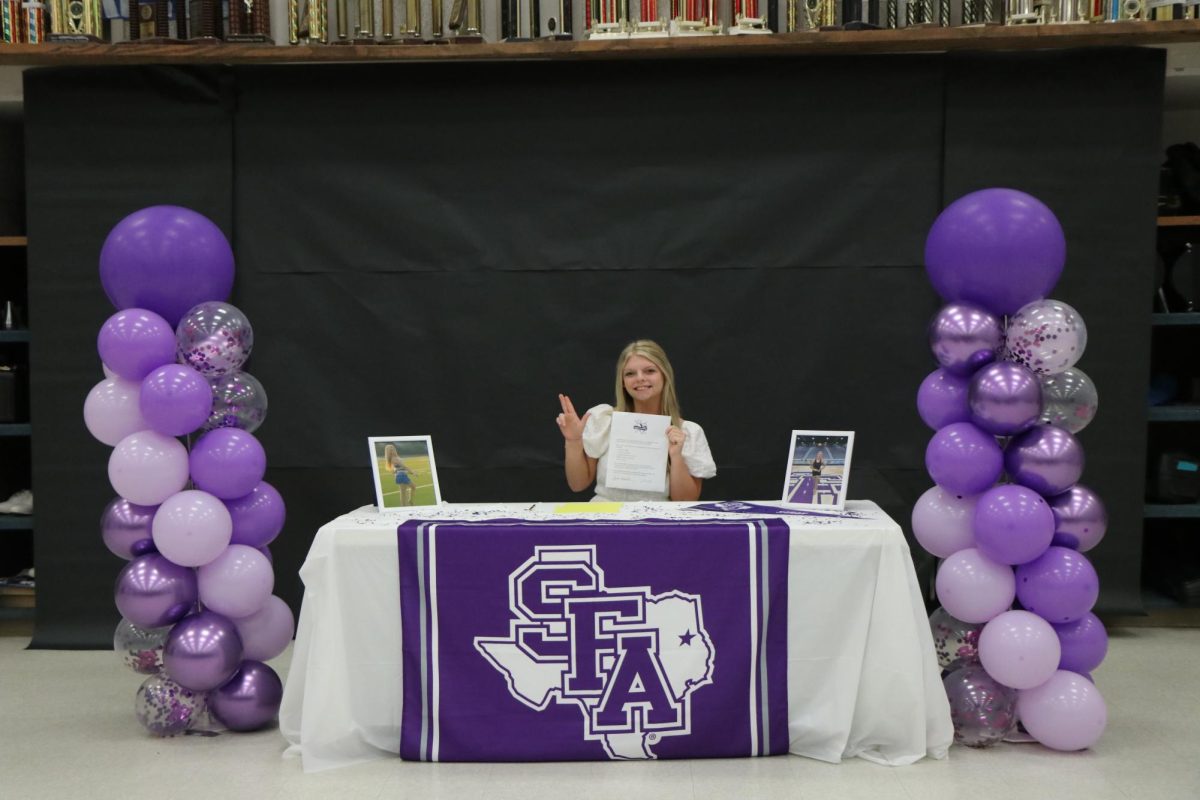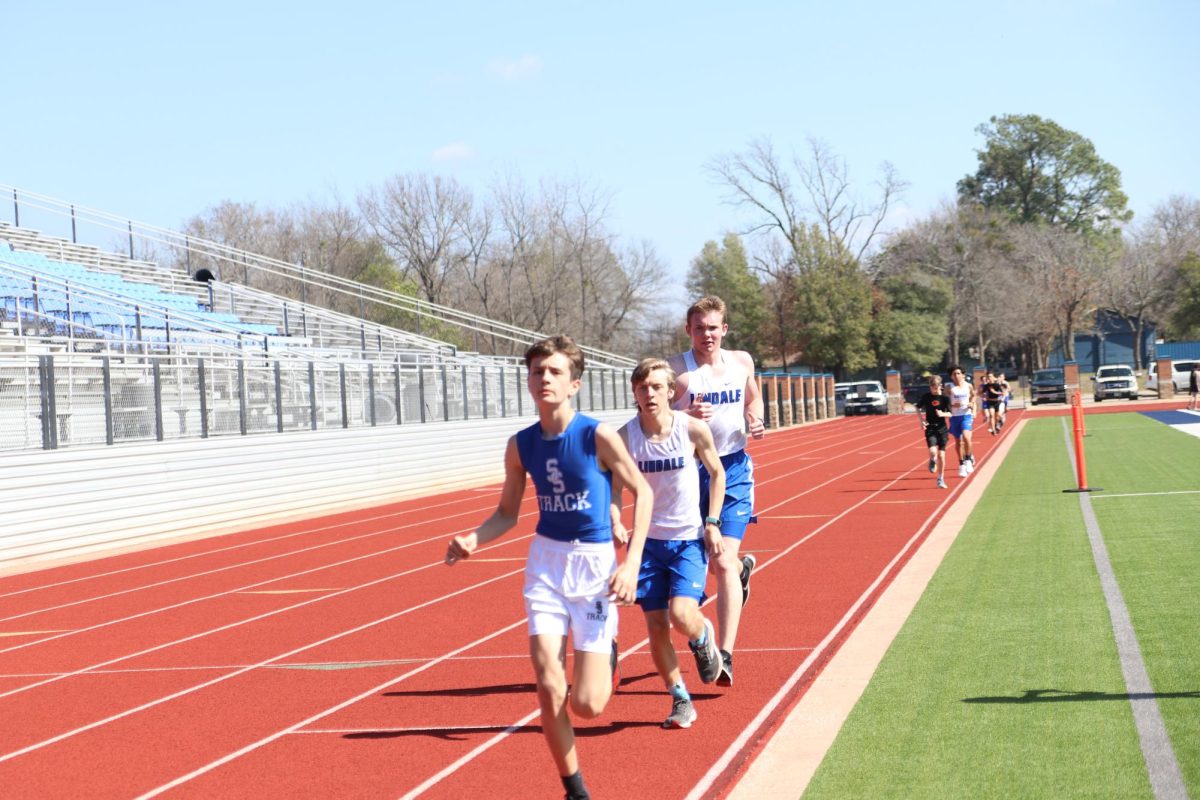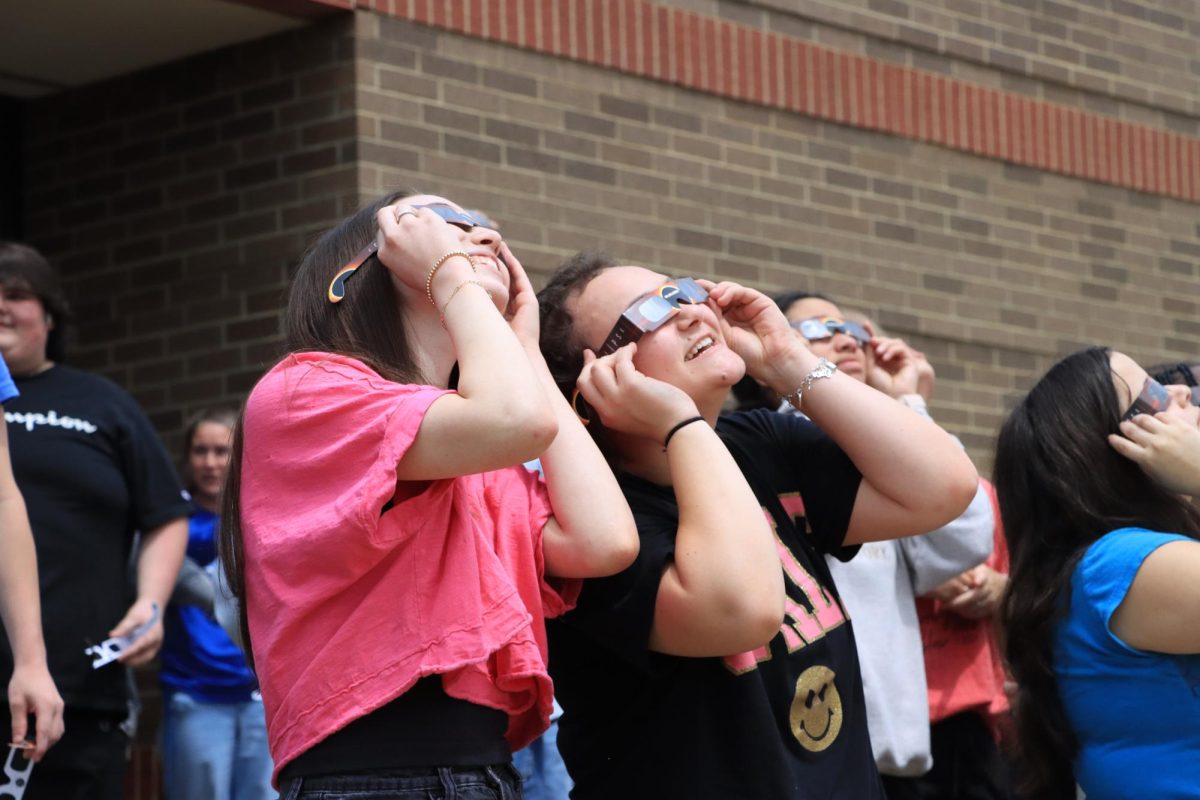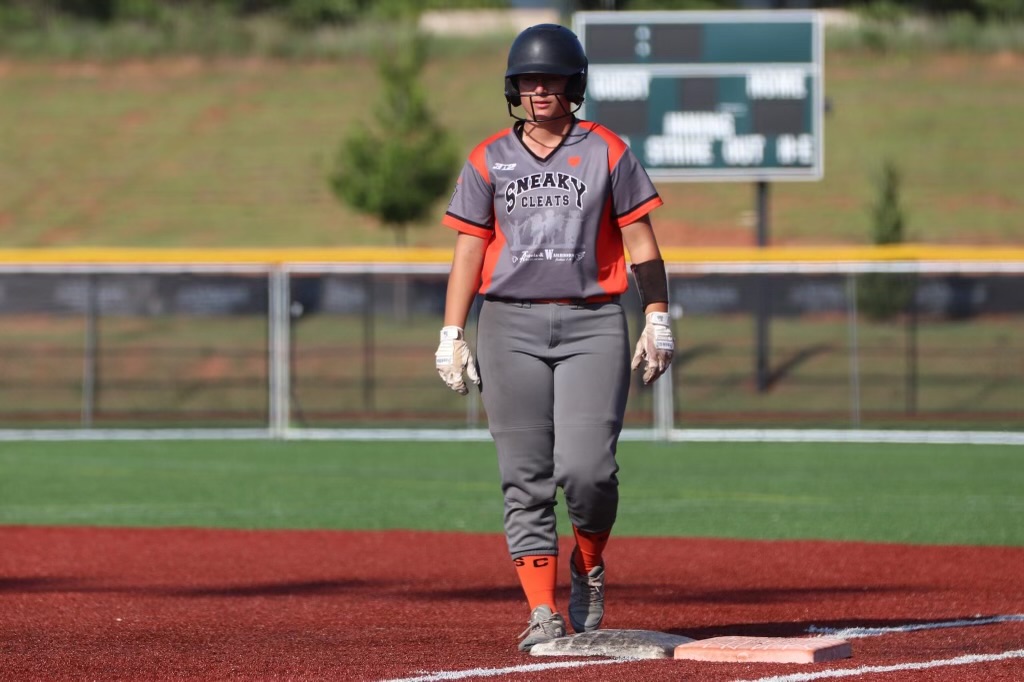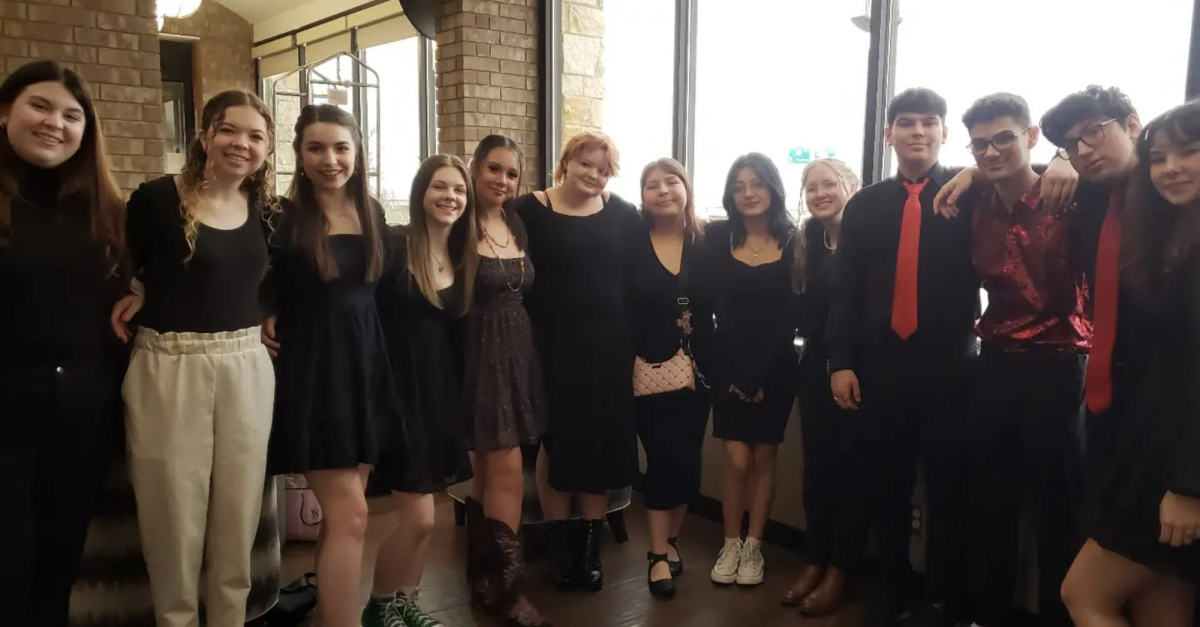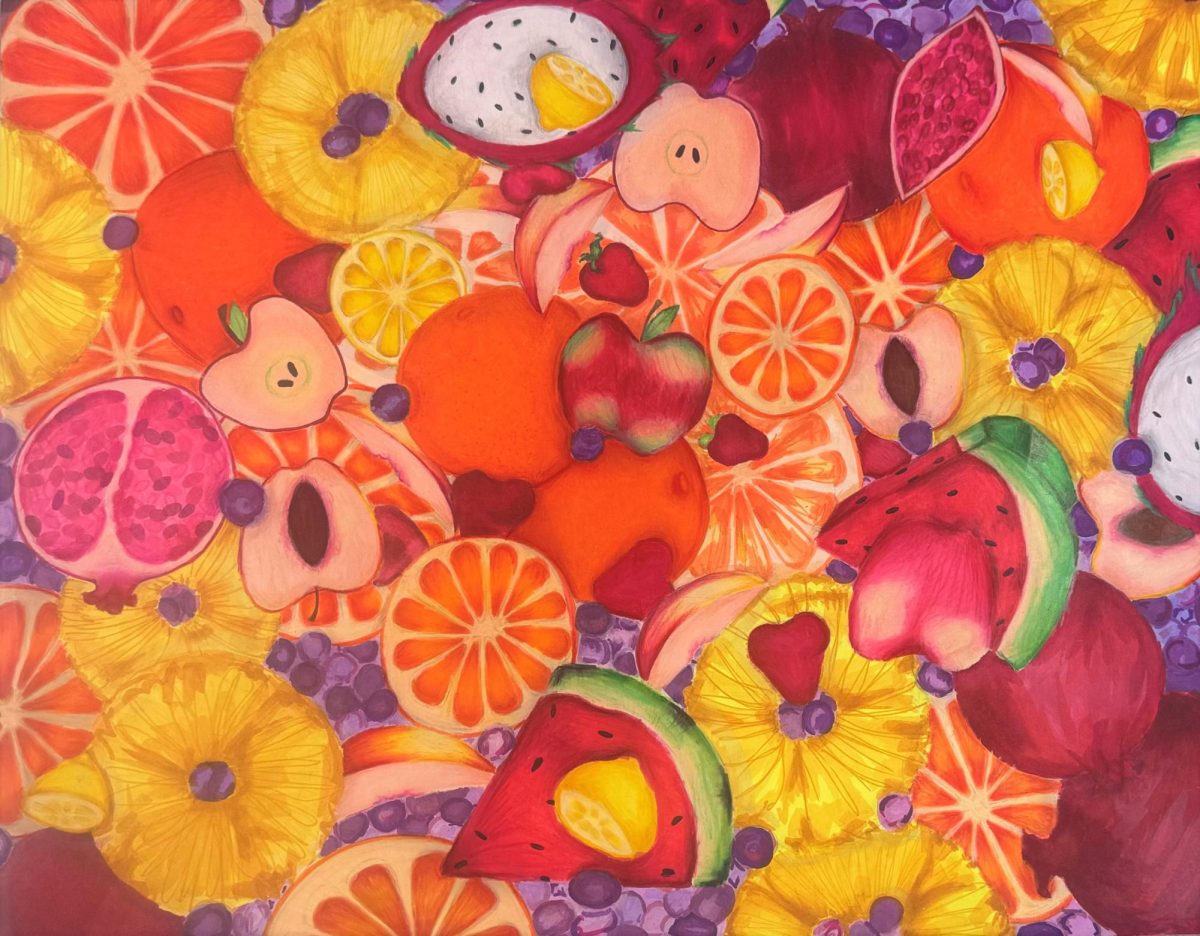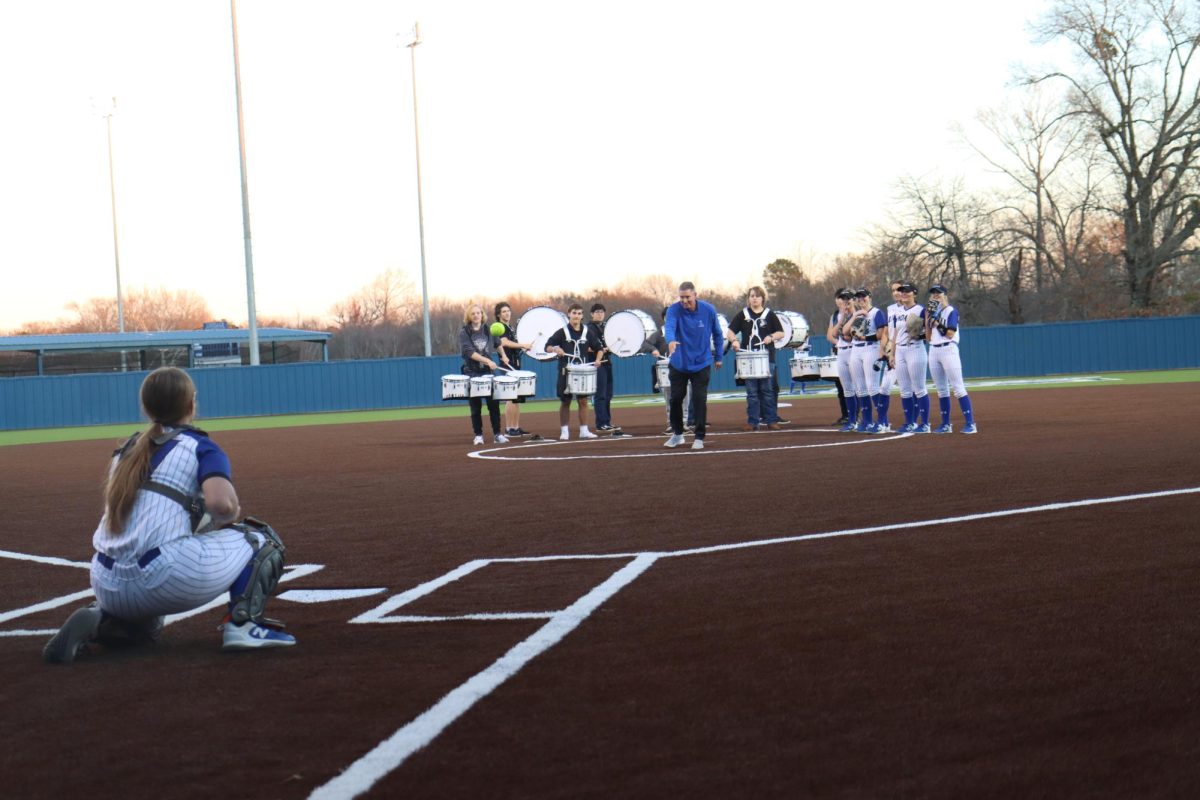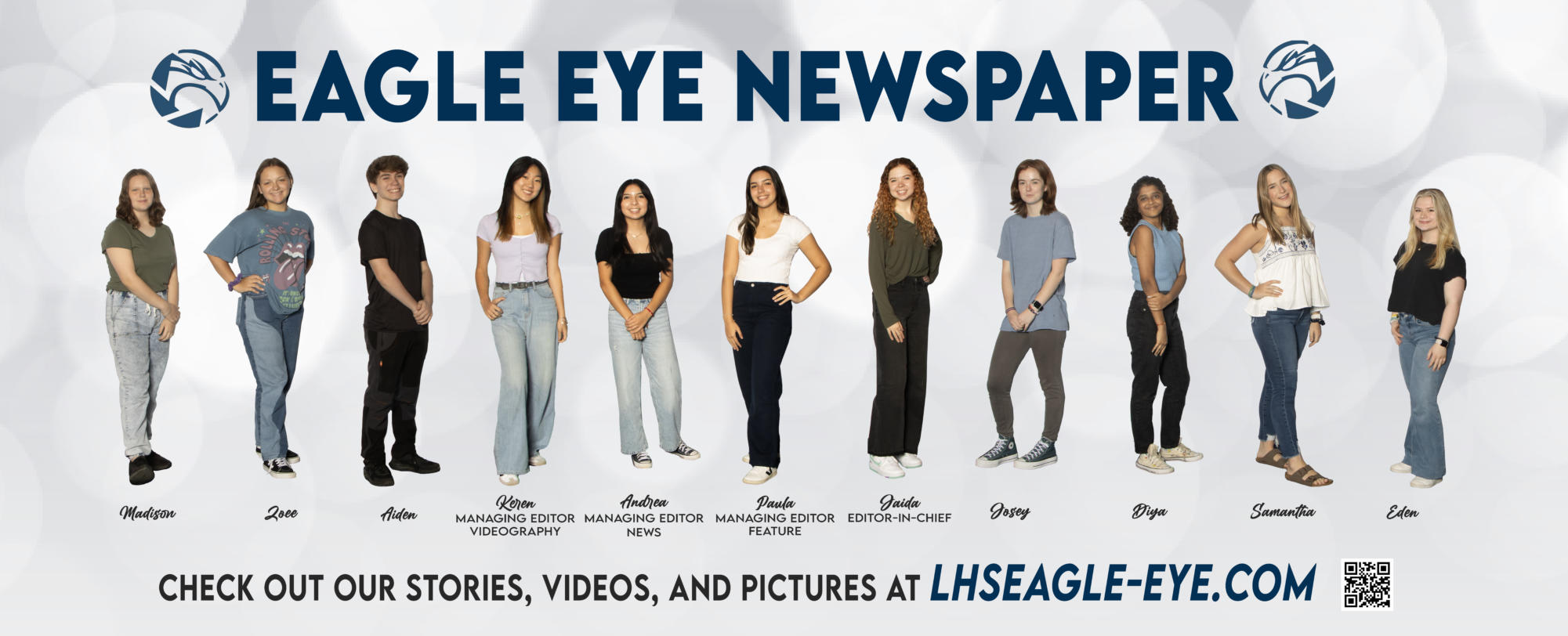Recently, the sports marketing class executed a project showcasing the skills they have acquired during their first semester of school. The students spent a week researching and compiling all the advertising and marketing techniques they learned to make a real-life concession stand, and then invited other classes to buy their products using monopoly money to make it more realistic.
“Sports marketing is a branch of marketing that centers on the sports and entertainment industry as well as well as products associated with those,” teacher Jennifer King said. “You learn to market different items; you learn to market sports and you learn to market the entertainment industry as well.”
King’s student were given a week to prepare for the presentation. There was a lot of planning and researching that went into the creating process–students had to crunch numbers, make a menu and use their pricing strategies to achieve maximum profit.
“The concession stand project was a project where we bought food from bigger corporations, made a menu [and] set prices,” junior Travis Brown said. “[Students] came in from other classes and bought our food. We had to make a profit on it and keep up with it.”
At the end of their sale day, the students had to calculate their earnings and compare it to what they spent on their menu items. The long and tedious process was to test if they made a profit or a loss, and the group that had the biggest profit won a small prize.
“In this project students had to learn all of the financial stuff [like] pricing products, coming up with a sales price, what people would pay, what items people might want to buy and why,” King said. “They had to design a sign and a menu and then ultimately on concession day they had to promote and sell those products.”
The process really intrigued the class, and many of the students were excited to promote their products on their sale day. The class that was invited to buy these imaginary products were, in turn, given imaginary money and were not allowed to leave until their last dollar was spent.
“Overall the project was great,” junior Justin Chambers said. “Everyone got to see how a concession stand works and how people can profit from it while learning the risk of buying too little or too much. The project was a very creative idea to teach us marketing skills.”
Although this was the first year King made this project part of her curriculum, she is very pleased with the results. She is looking forward to tweaking the project and assigning it to her future classes.
“Yes, we will definitely do the concession stand project next year,” King said. “After student as well as teacher evaluations, we will make just a few minor changes to it to make more enjoyable for students and hopefully make it more engaging for people to come in and shop at our concession stands.”
The groups of students had to constantly be aware of their revenue, what was selling and what wasn’t. As the concession sales started to dwindle, they had the opportunity to reprice their items based on supply and demand.
“So the thing I noticed most about the project is how the students that were running the concession stand had to kind of improvise,” King said. “They had to look at what was selling, look at what wasn’t selling and promote it kinda on the fly. So it was fun to kind of see that in action with the kids.”


